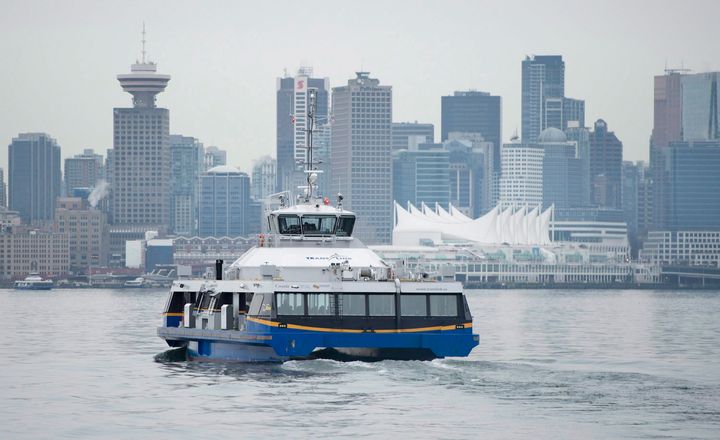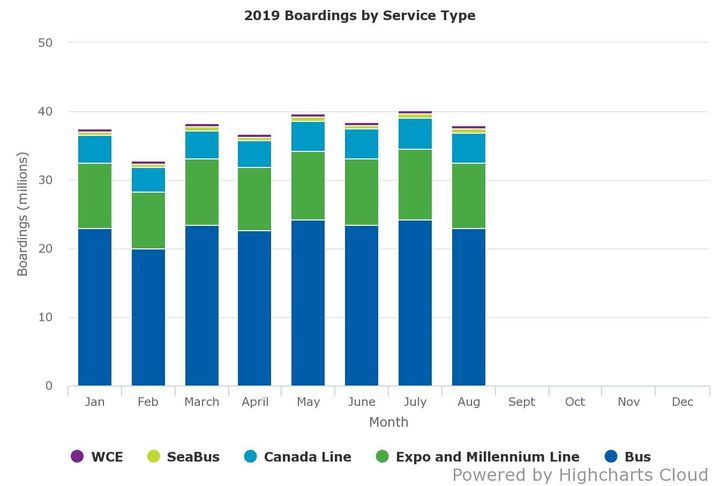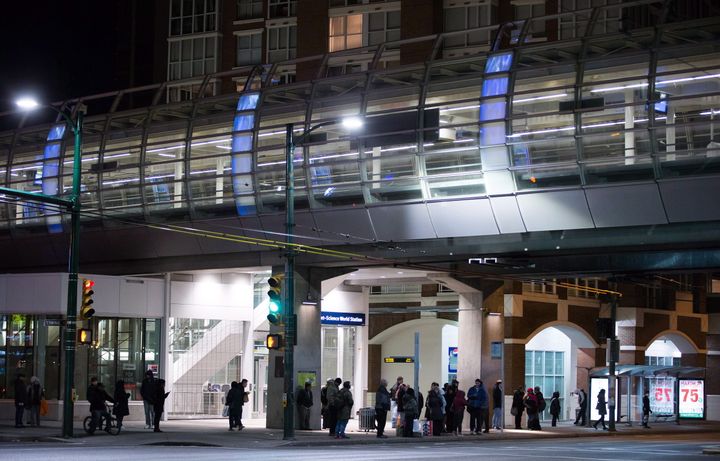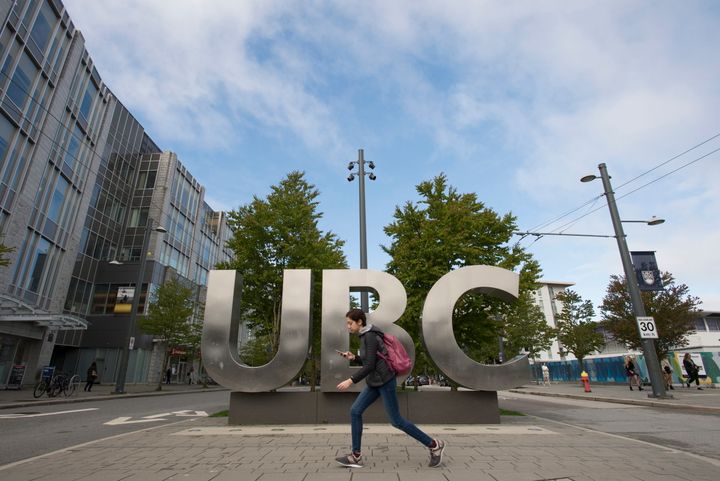It’s happening.
On Nov. 20, Unifor — the union representing over 5,000 bus drivers, transit maintenance workers and Seabus operators in Metro Vancouver — announced plans for a full service-stoppage on Nov. 27, 28 and 29.
The union has been participating in escalating job action since Nov. 1, including a refusal to wear uniforms and work overtime. But this latest announcement means a full stoppage of service — no buses or seabuses during those three days — if an agreement is not reached between the union and Coast Mountain Bus Company, the organization that manages Vancouver’s bus and Seabus service.
It’s a huge step, and would mark the first full stoppage of the city’s bus system in nearly two decades.

How will this affect my commute?
No bus drivers means no buses. And that means a lot of people will have difficulty getting where they need to go.
There are an average of 23 million individual boardings of Metro Vancouver buses a month in 2019, according to data from TransLink. Over 350,000 people take the bus every day.

Ride-hailing hasn’t yet been fully approved in the city, so the taxi system is expected to see a huge uptick in use. And while many businesses and schools are encouraging people to bike to where they need to go, Vancouver is set to be hit by a snowstorm next week, further complicating matters.
If you need to get to work or school, it’s best to start planning your alternative travel now. Find a carpool buddy or put on those walking shoes.
What about the Skytrain?
They aren’t on strike — yet.
Skytrain workers are represented by a different union than bus drivers and Seabus operators. However, they’re also going through contract negotiations right now, and much like with the bus drivers, those negotiations aren’t going smoothly.

On Nov. 21, CUPE 7000 announced that 96.8 per cent of members voted in favour of strike action. The union would have to issue 72-hour strike notice if they were to initiate any sort of job action. But it’s not out of the question that both bus drivers and Skytrain operators could be on strike at the same time. There are also questions if Skytrain workers will also disrupt service and picket alongside bus drivers next week to avoid crossing picket-lines.
But for now, the great train in the sky will keep on moving.
Are classes cancelled?
Classes at public school systems across the lower mainland are expected to proceed as normal. The same is the case for the area’s nine major colleges and universities.
During a press conference on Nov. 20, University of British Columbia director of university affairs Matthew Ramsey said the university’s operations will proceed as normal.
“We know that many of our students, faculty and staff community members rely on public transit to get to this university,” Ramsey said. “We understand their concerns and we understand that they’re concerned about how they will get to and from this campus. Campus operations will continue as normal.”

Ramsey said the university is encouraging commuters to carpool, cycle or find alternative ways to get to campus. He also said the university is exploring providing academic accommodations to students impacted by the strike.
How did we get here?
This is the latest step in escalating action in response to stalled contract negotiations. The union is asking for improvements to driver benefits, salaries and working conditions. Drivers argue that their pay is not competitive with similar jobs in the private sector and in other cities across Canada.
One of the biggest sticking points is scheduling and time. The union says many bus routes are not scheduled with enough breaks for drivers to eat or use the washroom.
While negotiations have resulted in some common ground between management and the union on driver breaks, pay remains one of the largest obstacles.
Job action started on Nov. 1 with an overtime ban for Seabus workers and bus drivers refusing to wear uniforms. On Nov. 15, action escalated to a ban on overtime for bus drivers, resulting in some service disruptions. However, this week marks the first movement towards a full-scale strike and picket lines going up in nearly two decades.
What happened last time?
The last full strike happened in 2001 and suspended service for 123 days before the B.C. government introduced back-to-work legislation. The current NDP government has said it isn’t interested in intervening in the current strike, with premier John Horgan saying the two sides have the weekend to come to a resolution.
But it’s a different landscape now compared to 2001. According to TransLink, transit ridership in Metro Vancouver has more than doubled since the last strike in 2001.
What next?
The union has said that after the three-day full strike, service will return to normal Saturday. However, if an agreement is not reached, commuters can expect further disruptions in the coming weeks.